Anti-tourism protests? A warm welcome awaits in these pro-tourism destinations
Summer may be the peak of the travel season, but tourism is currently dominating the news for all the worst reasons.
Overtourism has been on the increase in the aftermath of the pandemic, and while for some countries it’s an issue that has raged for much longer (you may remember Thailand shutting down its famous beach, Maya Bay, in 2018 after a continuous flow of boat pollution and litter began destroying its biodiversity) this discussion has taken a turn of late.
With so many governing bodies around the world adapting sufficiently to the increased desire for travel by monitoring its effects on people, wildlife, and the environment, then it’s little surprise that residents are taking matters into their own hands to make tourists feel unwelcome. Activists in Barcelona have resorted to spraying visitors with water guns as they’re being priced out of the city by short-term renting services like AirBnB, and other popular destinations like Mallorca, Venice and Amsterdam are following with anti-tourism protests or introducing stricter measures to deal with the problem.
We all know how frustrating it can be to be faced with hordes of (other) tourists, mostly because it can remove us from what travel is supposed to be - formative, enlightening, educational, rejuvenating, and, ironically, connecting. But as travellers, we also have a huge responsibility to respect the places we visit and understand just how much our presence can impact everyday life.
So, as a travel company, it is our responsibility to highlight lesser-visited regions or destinations that DO want to entice visitors, protecting what we’ve always known to be true: tourism CAN be a force for good if done correctly, so let’s take a look at some of the places where a warm welcome awaits.
Algeria
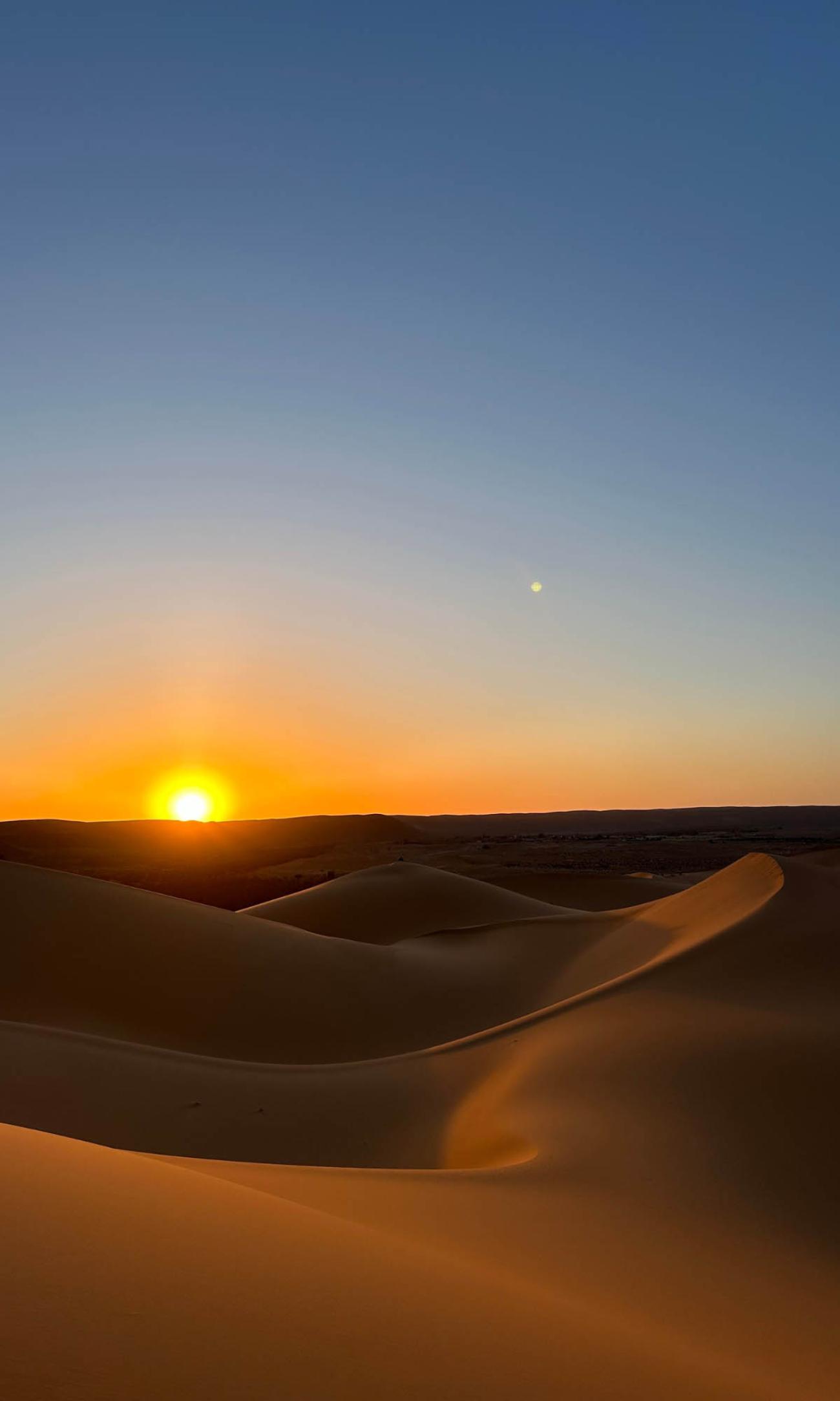
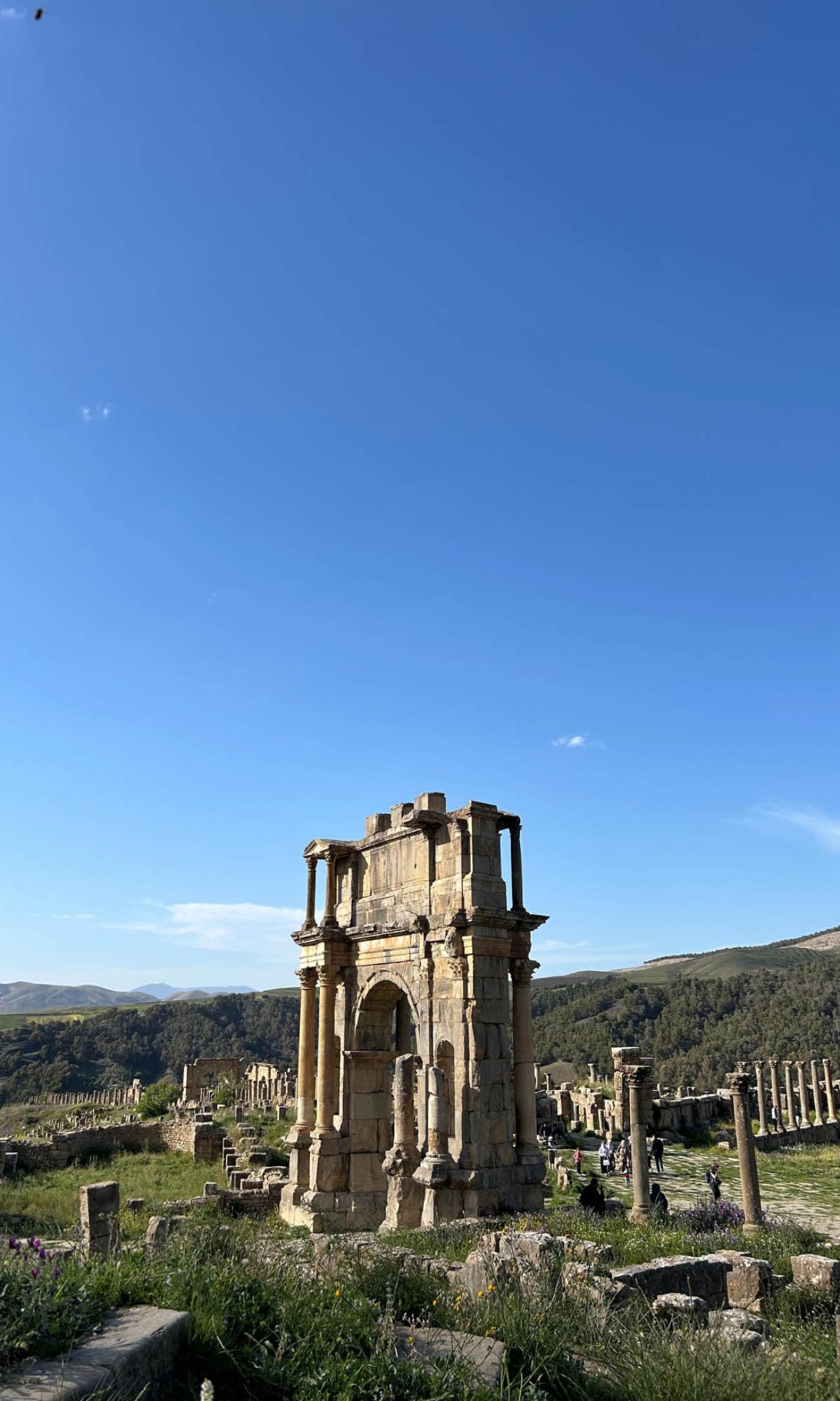
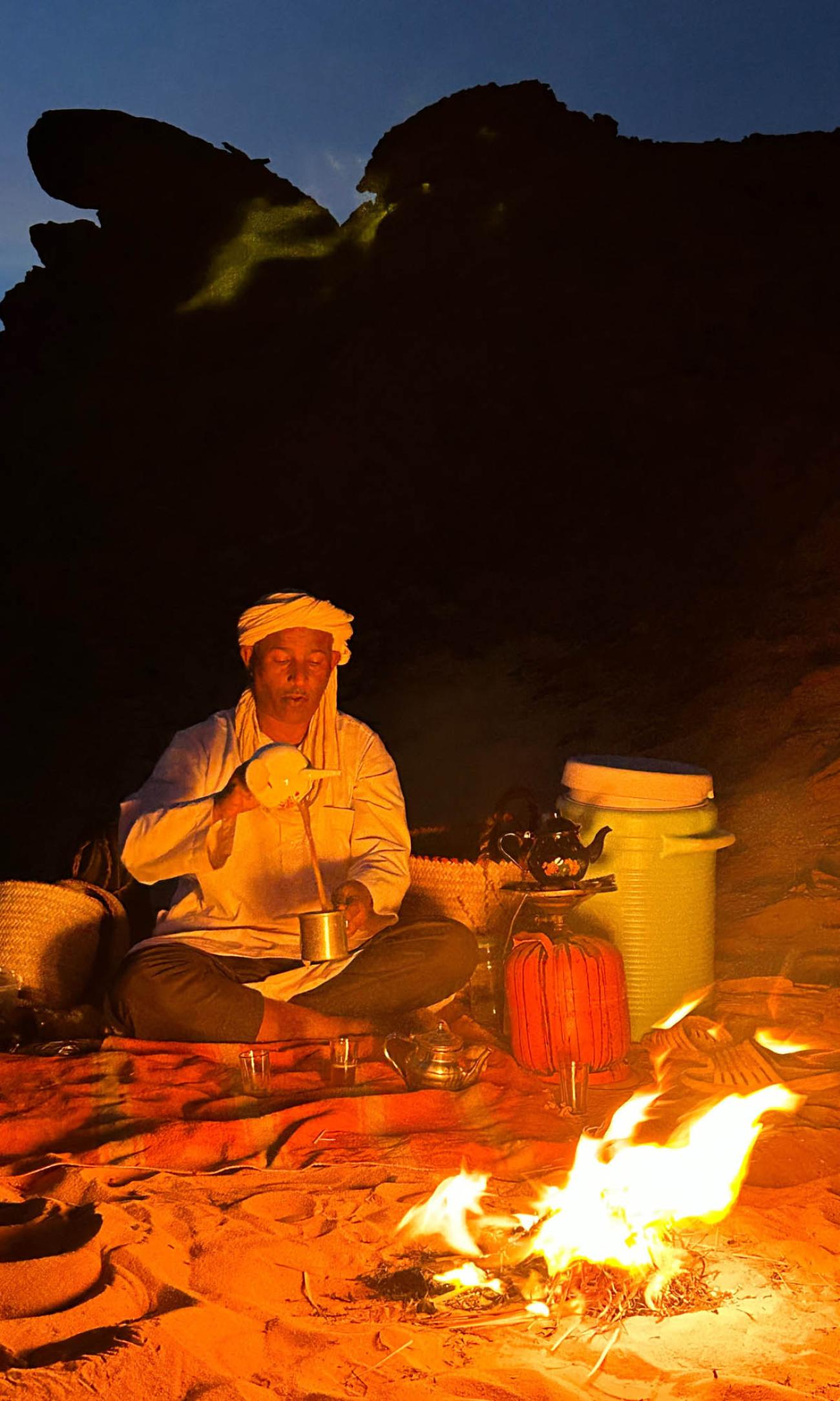
Political strife is just one of the reasons that Algeria has never attracted the same tourist numbers as its popular neighbours, Morocco and Tunisia, and another is that, for a long time, the country just didn’t prioritise tourism. The largest country in Africa is currently quite a hidden gem but the tides (or dunes?) are starting to turn with plans to invest in the tourism sector to make travel to and within Algeria easier by relaxing and simplifying visa processes, which had previously proved somewhat of a nightmare to navigate and investment in restoring some of the most impressive ancient Roman sites anywhere in the world.
Back in 2020, the British Backpacker Society, an organisation that aims to promote and enable sustainable travel to some of the most offbeat, adventure travel destinations in the world, ranked Algeria as having the highest potential for the next decade. So, we’ll ignore the unfortunate timing of that prediction, and if the last year is anything to go by, the appetite for more ‘out there’ experiences, where bumping into any other tourists is highly unlikely, is ravenous. Algeria, especially the vast sands of the Sahara with only your Tuareg guides as companions, is the place to go for exactly that.
Sri Lanka
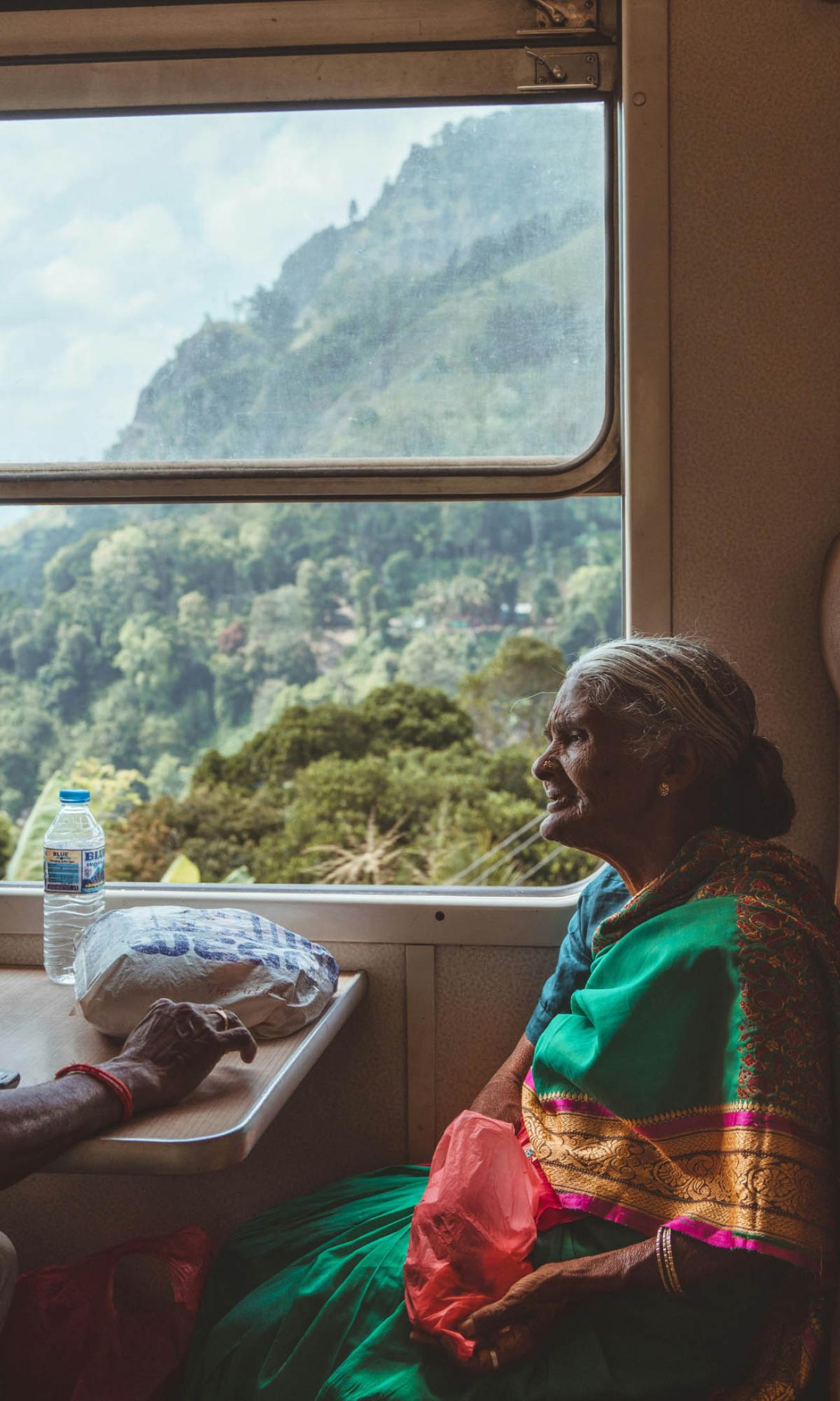
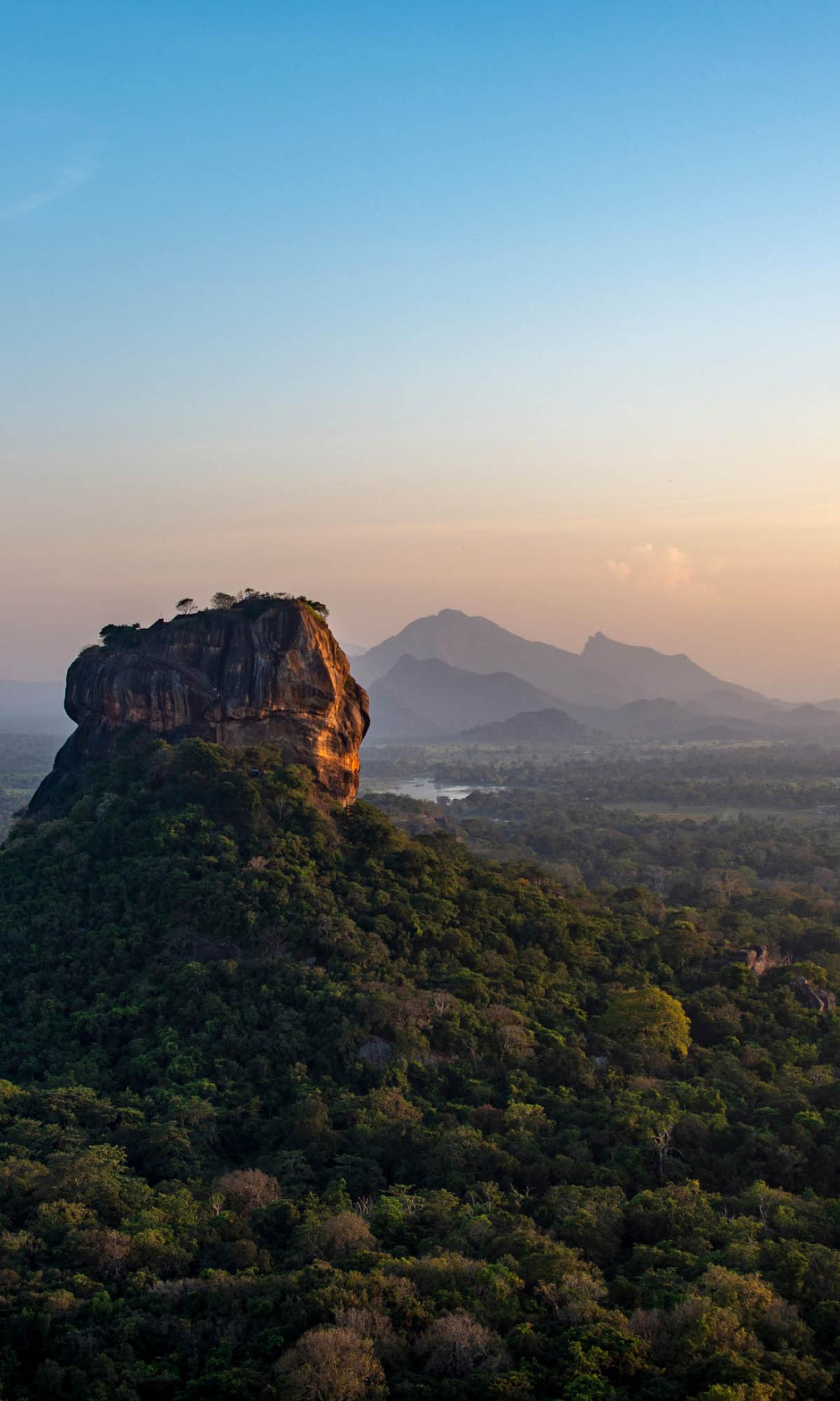

Sri Lanka faced a challenging time bouncing back after the pandemic, as the emerald island was catapulted straight into the worst economic crisis since independence and eventually declared a state of emergency in 2022. But its comeback is already underway.
New walking routes have been unveiled along the Pekoe Trail, which aims to get tourists into less-visited areas of Sri Lanka, opening up opportunities for guesthouses and tea stops along the route bringing in much-needed income to communities removed from the popular tourist areas. They also aim to invest in developing more high-end options to appeal to the luxury traveller. SriLankan Airlines aims to expand its fleet, increase the frequency of flights and introduce new destinations.
With such efforts to entice more tourists in the coming years, there’s no better time than now to make the most of Sri Lanka’s irresistible beaches, captivating ruins and holy sites, wildlife and walking experience, trains, tea and best of all, friendly people who will genuinely welcome you with open arms.
Nicaragua
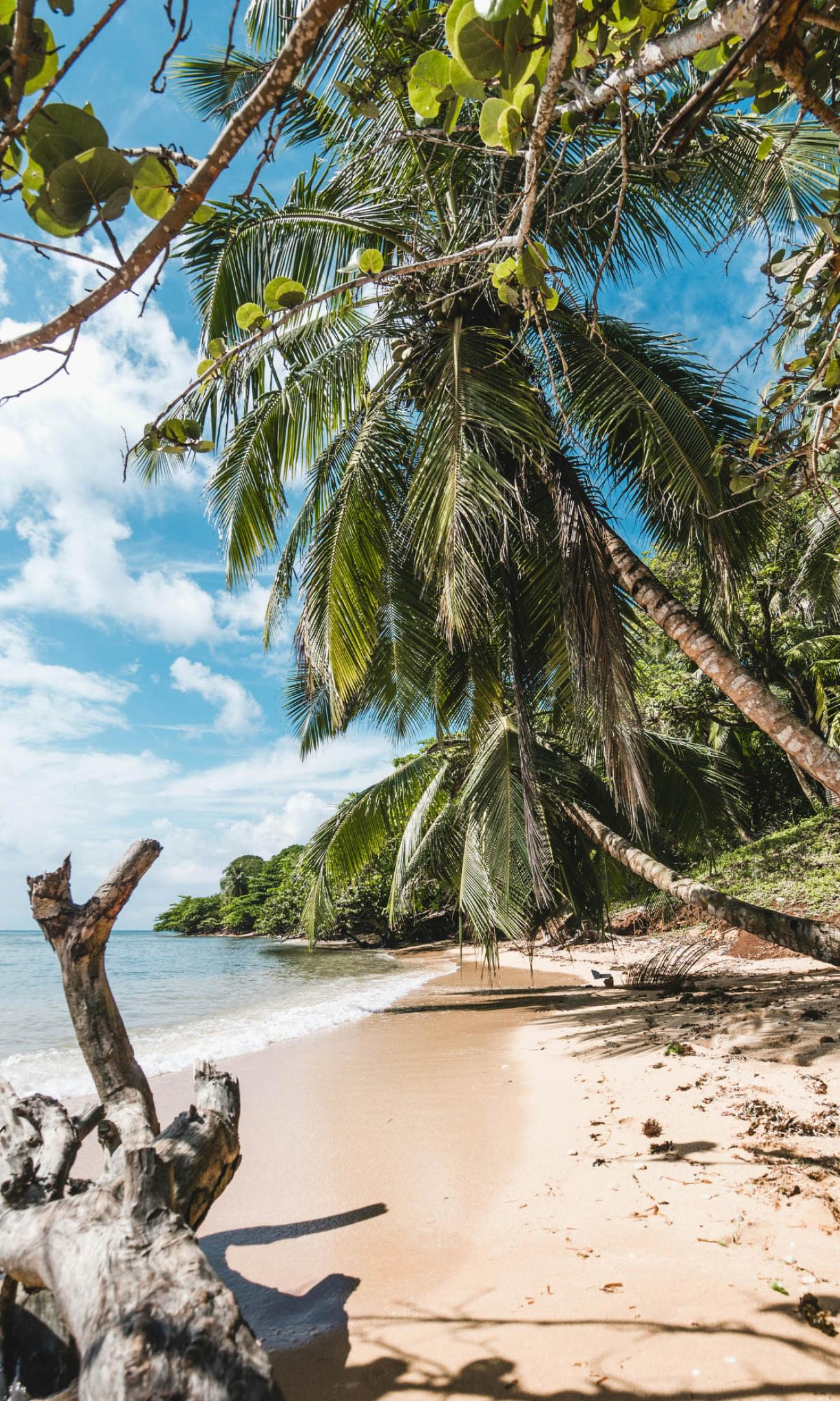
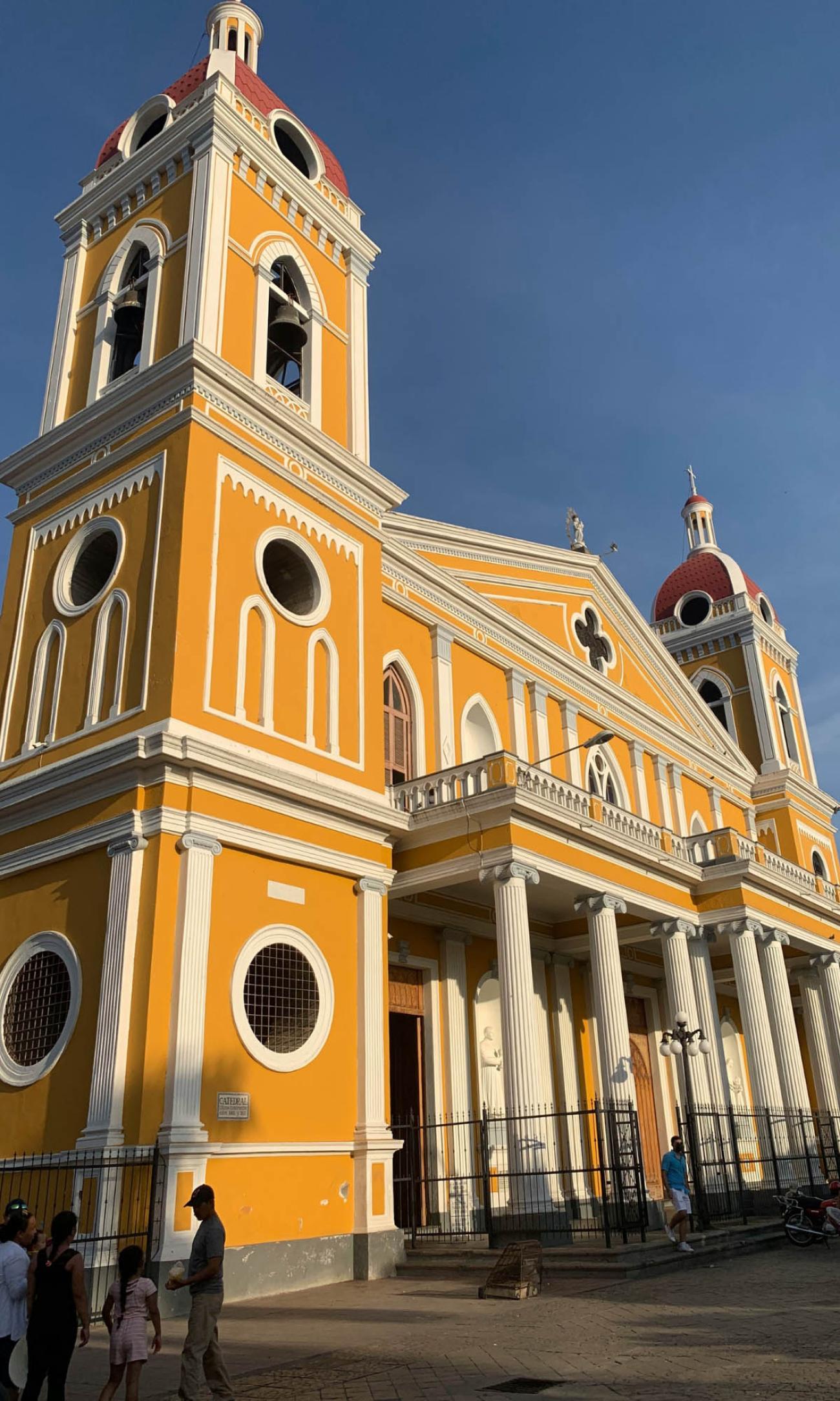
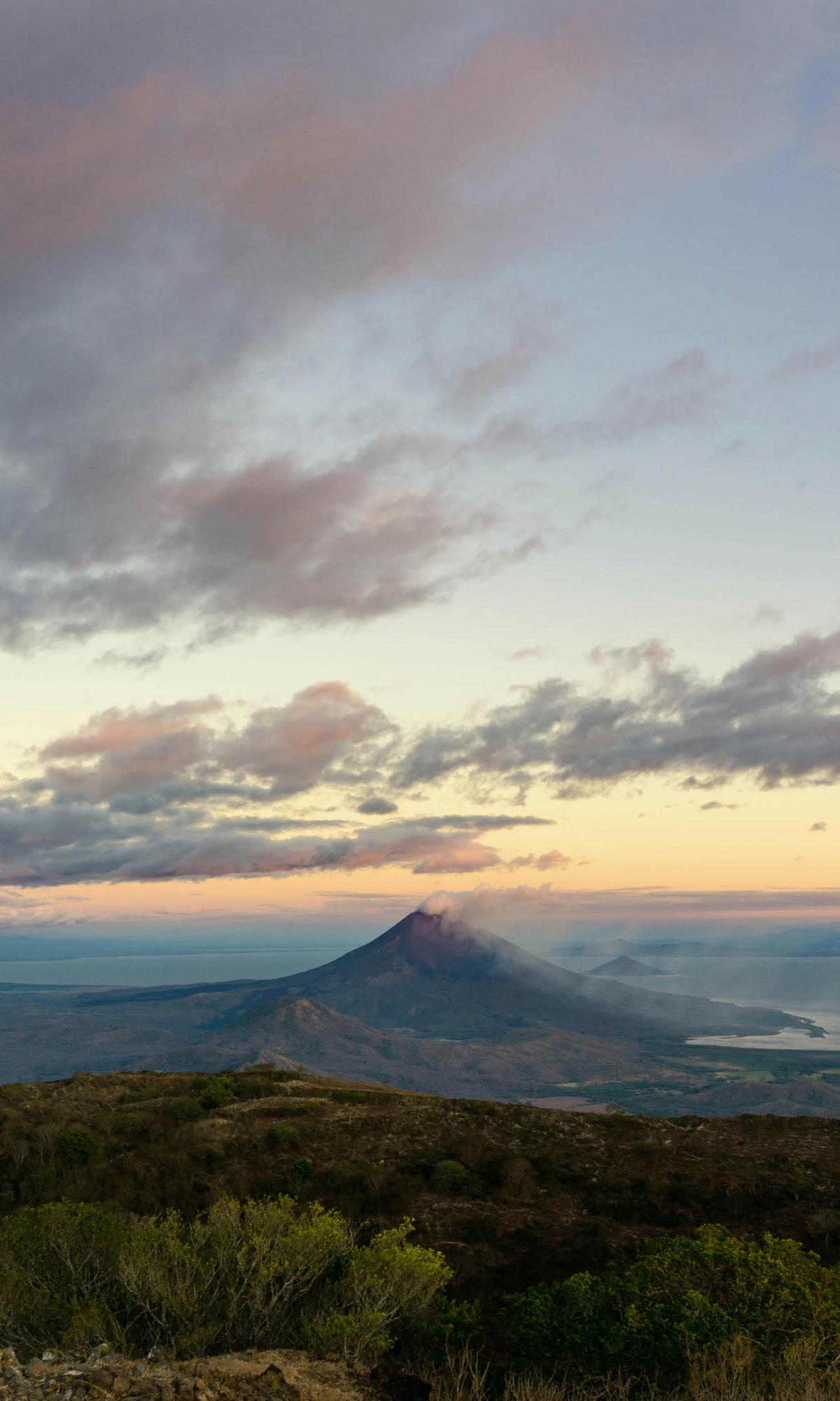
Nicaragua is one of those destinations bursting with potential to be a tourist favourite, but a spate of bad luck in recent years, including protests in 2018 followed by the pandemic in 2020, has left its tourism industry slightly dizzy. But Nicaragua is slowly getting back on its feet.
As one of the poorest countries in Central America, the country’s tourism infrastructure has never been fully developed as it is, but to many, that is part of its appeal, offering that raw, nostalgia-inducing experience with plenty of opportunities to get close to nature, exploring volcanoes, picturesque lakes and, sandwiched between the Pacific Ocean and the Caribbean Sea, two coastlines with ample space for everyone.
Last year, Nicaragua welcomed around 950,000 tourists, whereas the Mexican state of Quintana Roo received 33 million tourists alone. So we’ll leave it up to you to guess which country would be more in need, and therefore welcoming, of tourist presence.
Bhutan
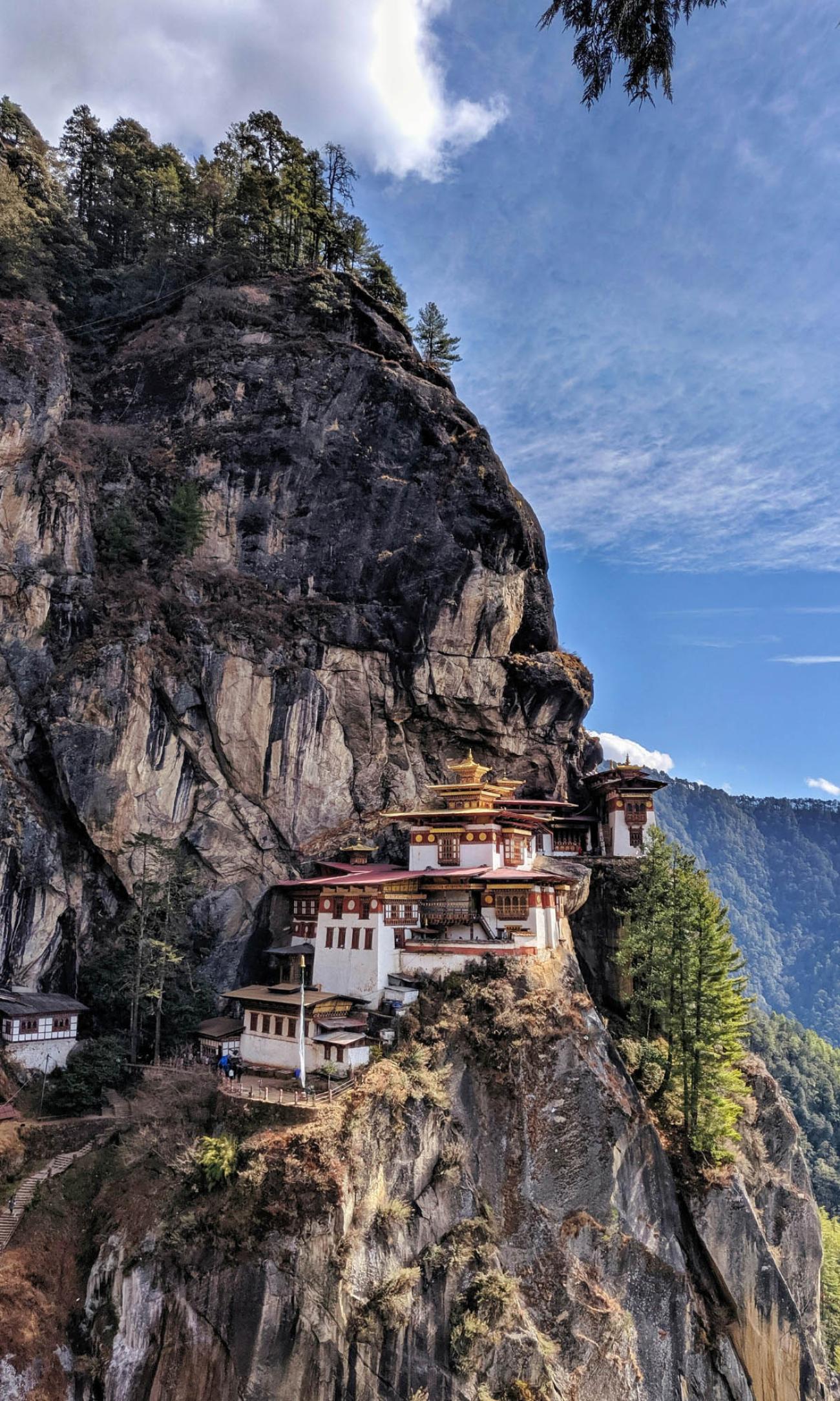
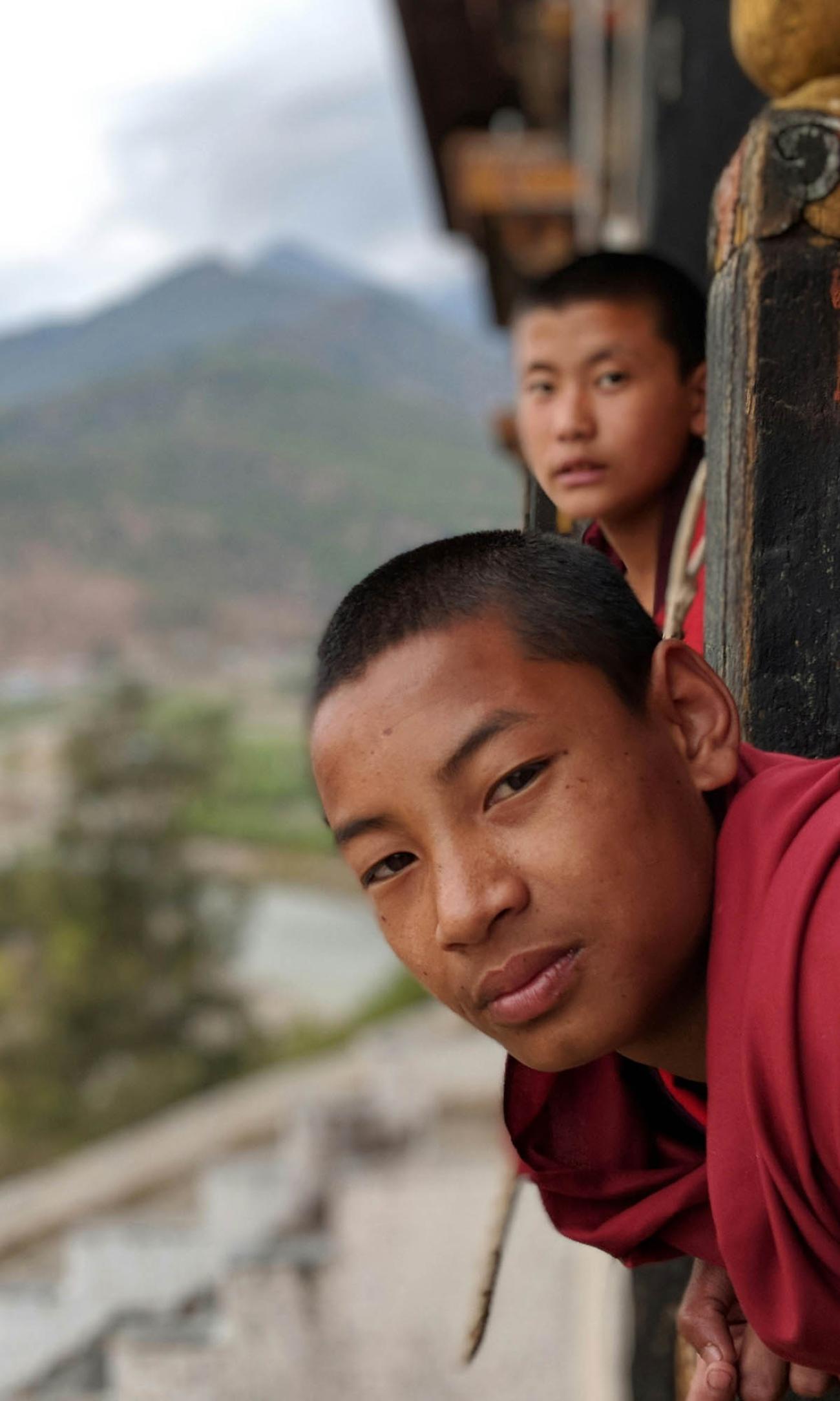
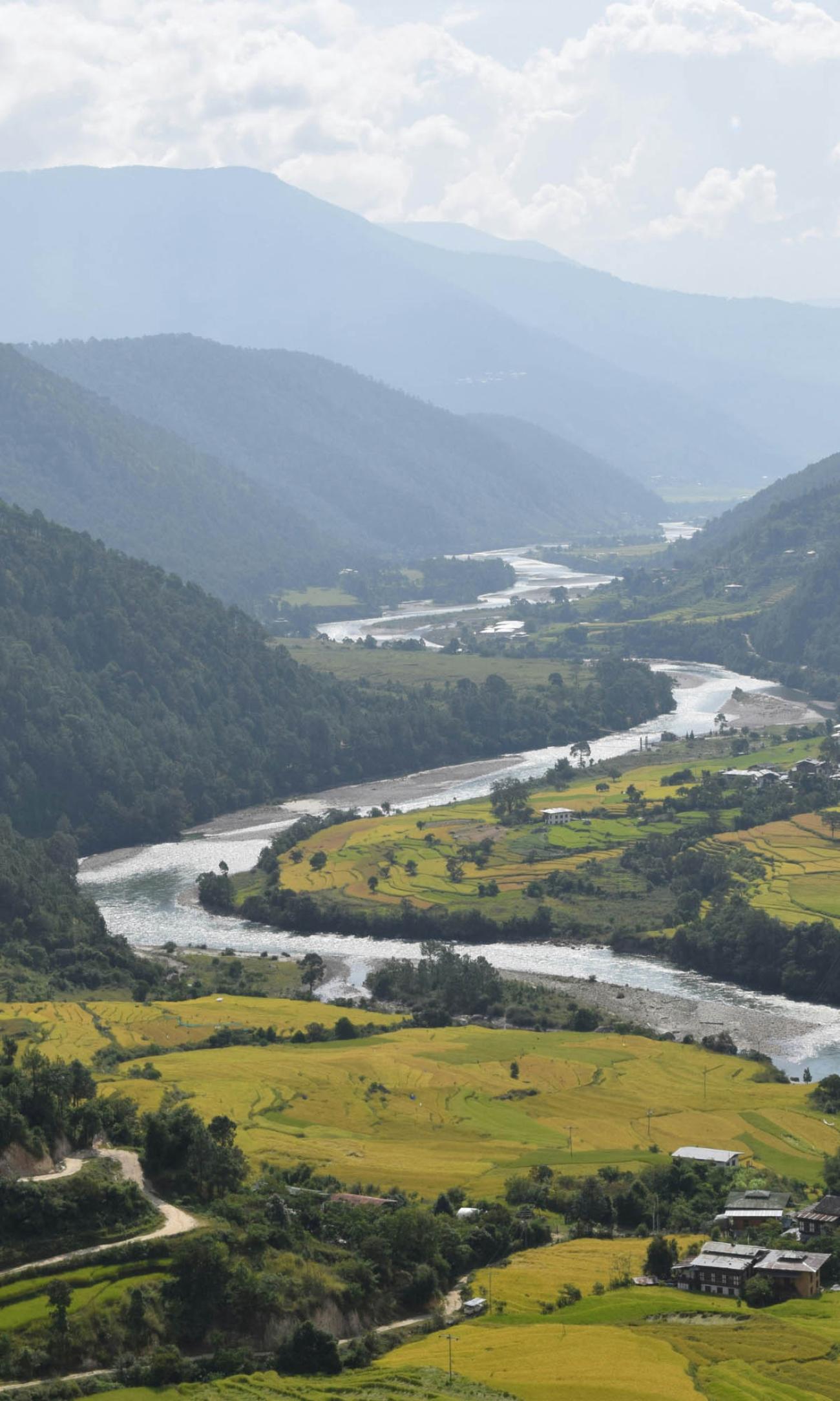
This year, Bhutan marked the 50th anniversary of first opening its borders to international tourism. But if you wanted to discover the treasures the Kingdom had spent so long protecting for yourself, you had to pay a hefty government-mandated daily tourist fee of $250, making it one of the most expensive countries to visit (although, that fee did cover accommodation, food, guide fees and transport, with a $65 ‘Sustainable Development Fee’ included)
The Sustainable Development Fee, which goes towards benefitting local communities and preserving cultural heritage and the environment, increased after the pandemic from $65 to $200. As of 2023, the fee lowered to $100 per day.
To the outside world, such high costs may look as if Bhutan is trying to deter travellers from visiting, but in reality, it has only ever strived to control numbers and attract high-value travellers who can offset their presence by helping to maintain Bhutan's appeal for future visitors, a result of first prioritising home and people. A solution that, as we witness rising tensions play out in the news between residents and tourists, could become the benchmark of sustainable, mutually beneficial tourism.
Saudi Arabia
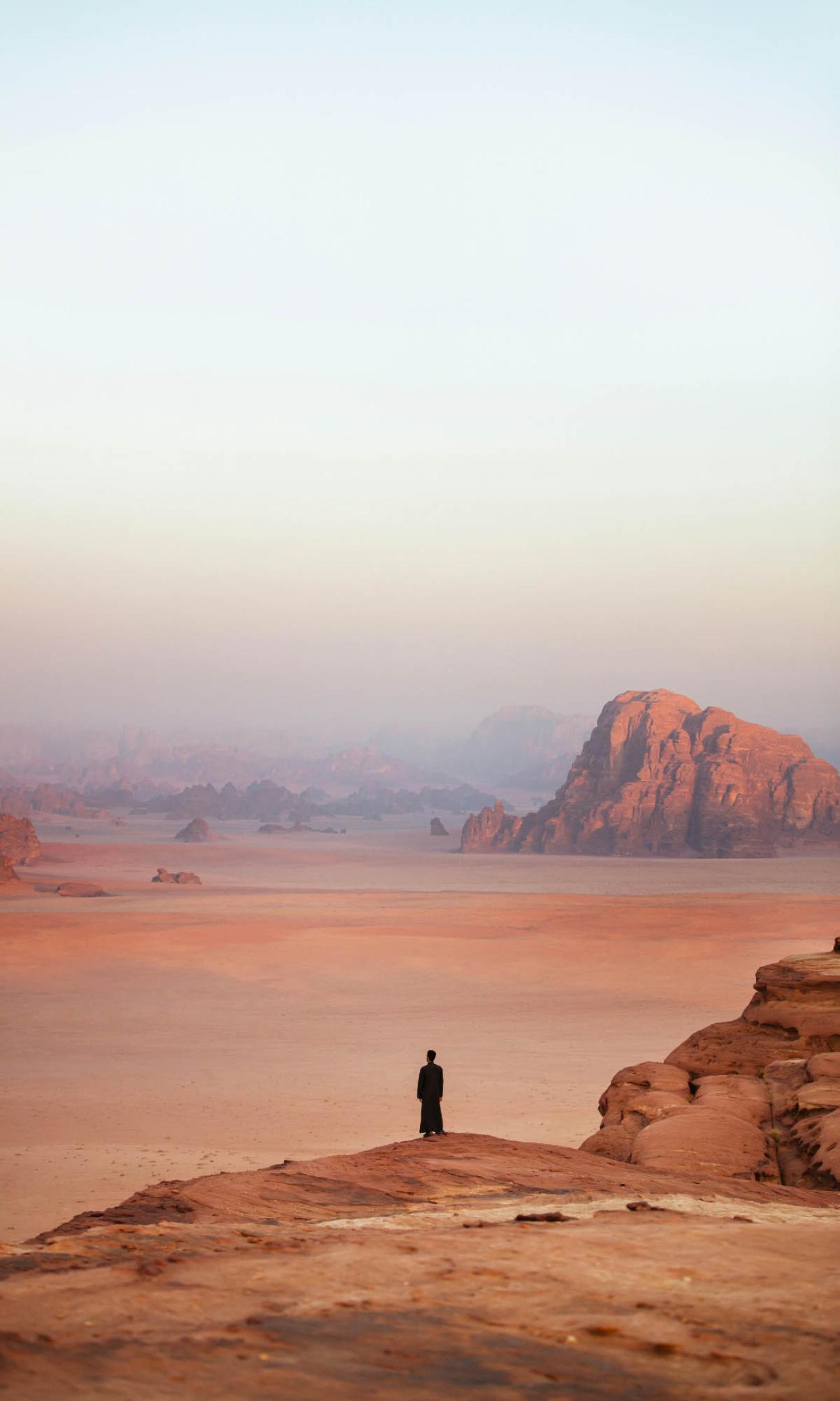
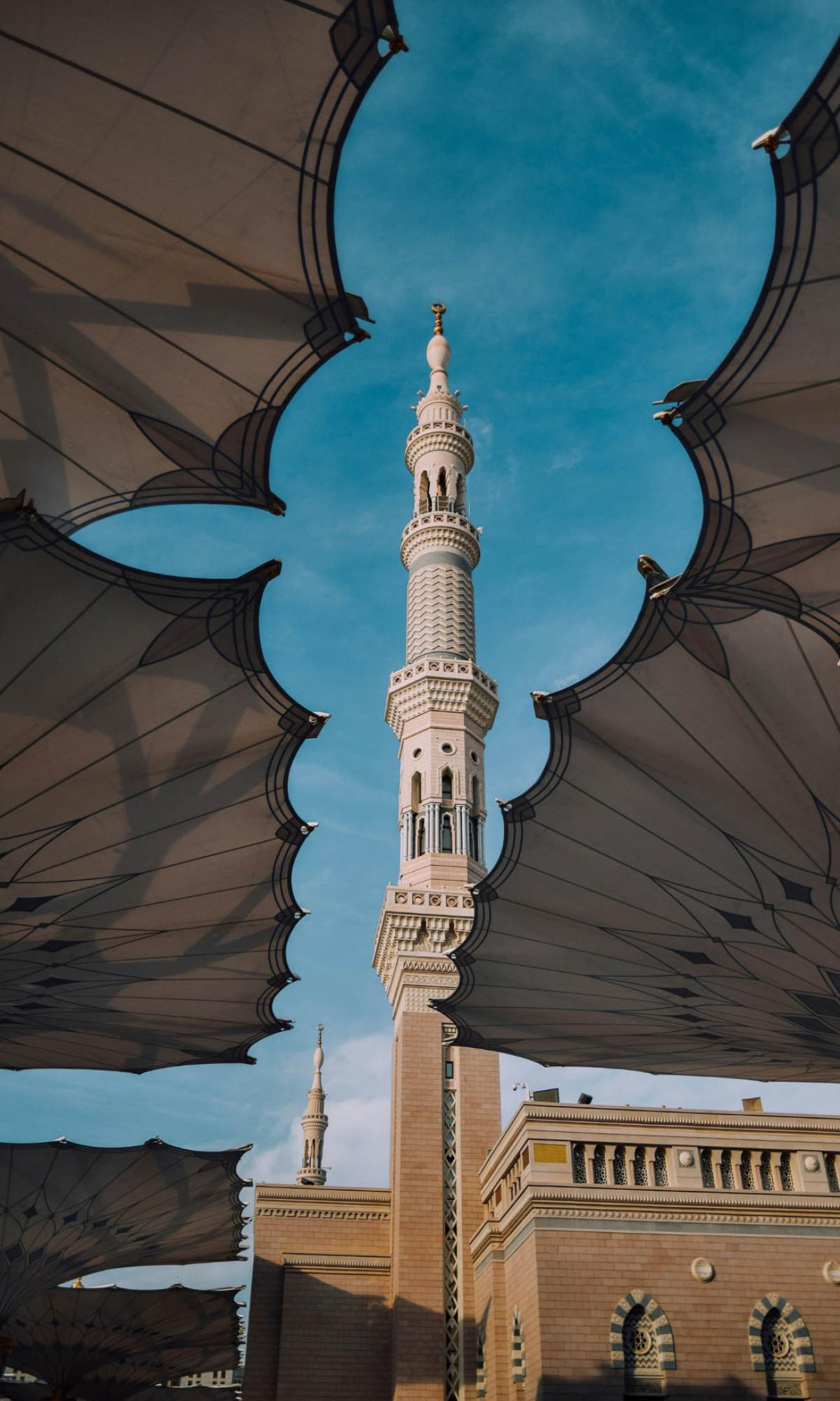

In an effort to move away from its reliance on oil, Saudi Arabia opened its doors to mass tourism in 2019 with its ambitious Vision 2030 plan to drive economic and societal overhaul. While its human rights record might cause some people to think twice before visiting, as we have recently explored in our latest The World by Wild Frontiers podcast episode on challenging destinations, we don’t believe visiting places for touristic purposes endorses the actions of a regime.
But changes such as these, where the eyes of the world are now watching, could mark a change that everyday Saudis will benefit from. So, we remain open-minded and encourage people to find out for themselves. Seize the opportunity to learn about the rich historical significance of its World Heritage sites such as Nabatean Hegra (aka Mada’in Saleh) in AlUla, enjoy its incredible landscapes and connect with people who live their everyday lives here, and who are keen to show visitors that there is more to the people of Saudi than the media portrays.
